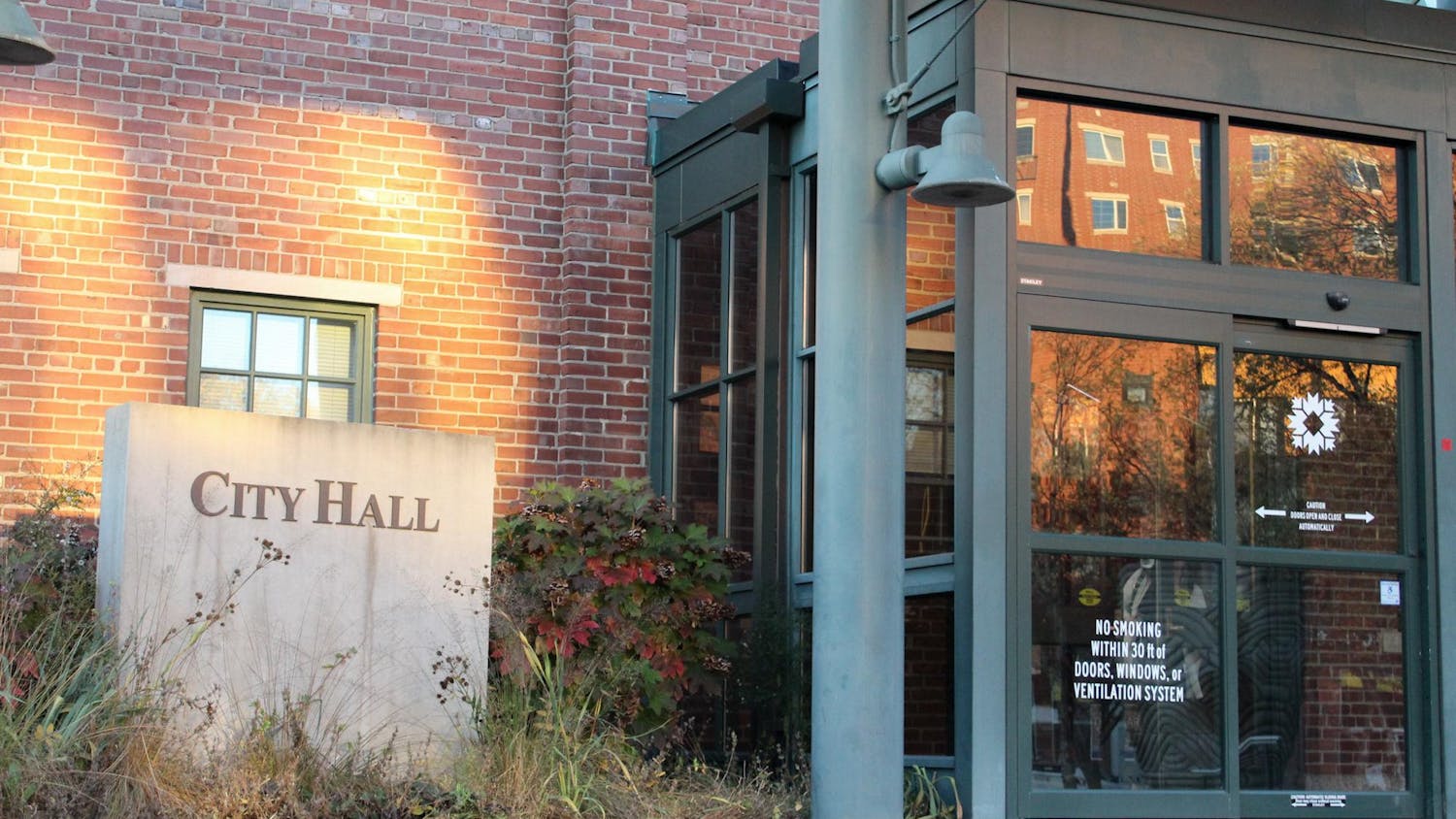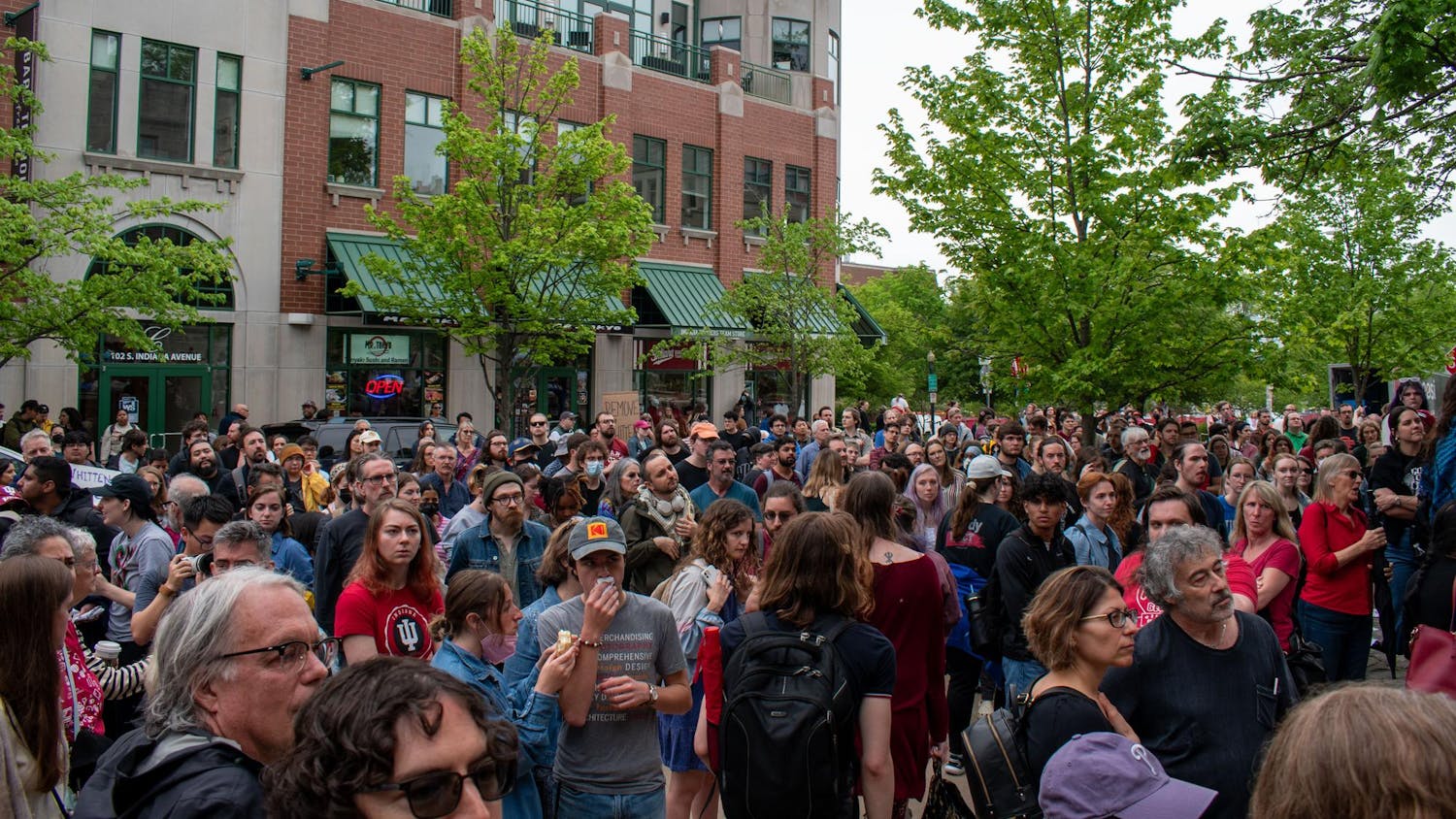GRAND CAYMAN, Cayman Islands – The locals pronounce it Cay-mahn, not Cay-man. And there’s probably a lot more you don’t know about this British territory in the West Caribbean Sea.
I’m here for an accelerated IU tropical biology lab. When I applied to participate in the course, I assumed we’d be doing a lot of terrestrial exploration (check) and a lot of Scuba diving (emphatic, 100-feet-deep, air-guzzling check).
I didn’t expect to find myself drawn into the longstanding relationship our University has with Grand Cayman, the largest of the three Cayman Islands.
The East End district, where we stayed all eight nights, is much different from the cruise ship hub George Town. You see, in George Town, the only locals around were at the cash registers. In the East End, the only Americans around were us.
So how did IU, a landlocked university in the Midwest, form a connection with Grand Cayman?
Deep breath. Starting in 1975, Charlie Beeker, director of the IU Office of Underwater Science, and some colleagues (which included this course’s professor, Bill Ruf) began making “regular visits to Grand Cayman,” and in 1982 they received government permits to research a multitude of historical shipwrecks found off the island.
By 1987, Beeker had presented a plan to create a maritime historical park (with the help of East End residents) in an effort to preserve the wrecks.
Today, still, no park exists. The democratic government has people who do this stuff for a living. Why let someone else do their job? IU has been patient for two decades, but the government hasn’t acted.
Until recent revitalization, interest in the idea has waned on both ends. The Office of Underwater Science has been busy taking on other endeavors, including assisting the government of the Dominican Republic open its second underwater museum “featuring items recovered from early 18th-century shipwrecks,” according to a 2004 press release.
In the meantime, IU and East End Residents have created a unique bond. Many Caymanians have visited Bloomington, and they shared Kirkwood stories with me during games of dominoes. Because of Beeker and Ruf, we were not tourists in a place dominated by tourists.
So did we just schmooze with the locals all day? Not hardly.
Not only can I explain the subtle differences between a Great Star coral (Montastrea cavernosa) and Boulder Star coral (Montastrea annularis), I can tell you what exactly makes the century plant (Agave americana) “semelparous.”
And that’s just scratching the surface. Have you ever analyzed a reef for coral bleaching because of the expulsion of zooxanthellae algae? I dare you to say yes.
After purchasing a my-sister-better-like-this expensive anklet, I had a minute at the Grand Cayman airport to reflect on the days past. I realized tropical biology is very complex. Our professor put it best when he said biologists create definitions to classify natural phenomena, but it is difficult for human-generated terms to explain everything we see in nature.
On the other hand, IU’s connection with the Caymanians is very simple. Come to think of it, the racial makeup of East End district was basically the reciprocal of that of our student body.
Guess what? No one noticed.
Full immersion on Grand Cayman
Get stories like this in your inbox
Subscribe



